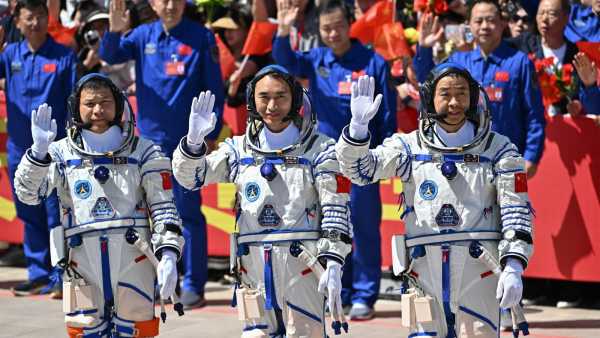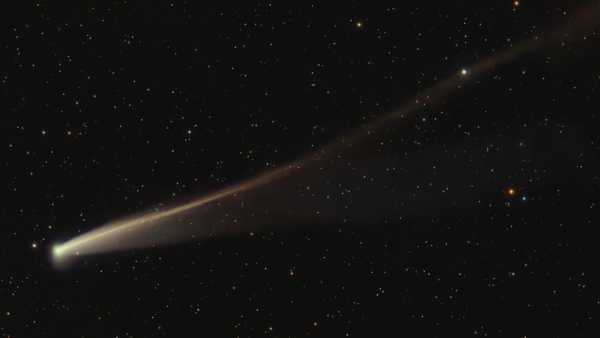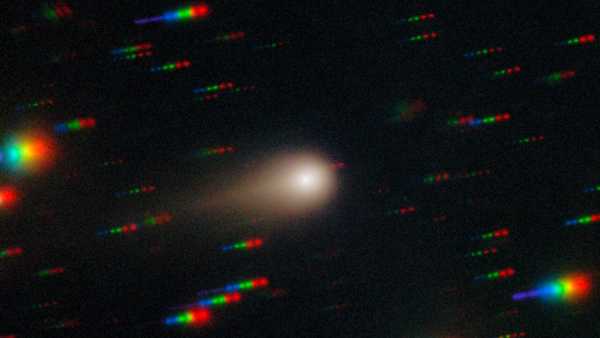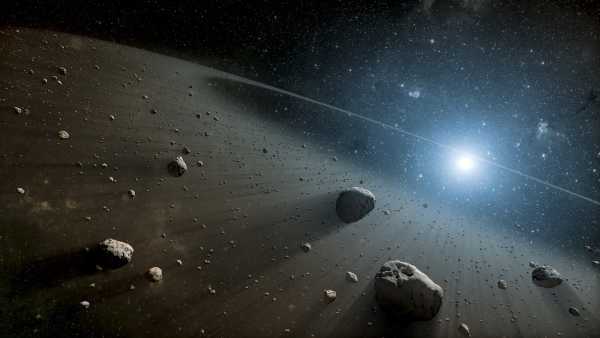
(Image credit: Mode-list via Getty Images)
The asteroid belt orbits between Mars and Jupiter and is a vast collection of rocks thought to be an unformed planet. When our solar system formed 4.6 billion years ago, the material in this region should have formed a planet, but Jupiter's gravitational pull prevented this, churning the region, and the collisions became destructive rather than constructive. What remains today contains only about 3% of the Moon's mass, scattered over millions of kilometers.
Jupiter's influence didn't end there. Gravitational resonances—regions of space where asteroids' orbital periods regularly interact with Jupiter, Saturn, and even Mars—destabilize asteroid orbits, ejecting fragments either toward the inner solar system, where Earth is located, or toward Jupiter's orbit. Asteroid fragments that fail to escape are transformed into meteorite dust by collisions.
A team of astronomers led by Julio Fernández from the University of the Republic in Uruguay has precisely calculated how quickly the asteroid belt is being depleted of material. They found that the asteroid belt is currently losing approximately 0.0088% of the portion of it still involved in collisions. This may seem like a small figure, but it represents a significant influx of material when considering the vast timescales of the solar system's evolution.
You may like
-
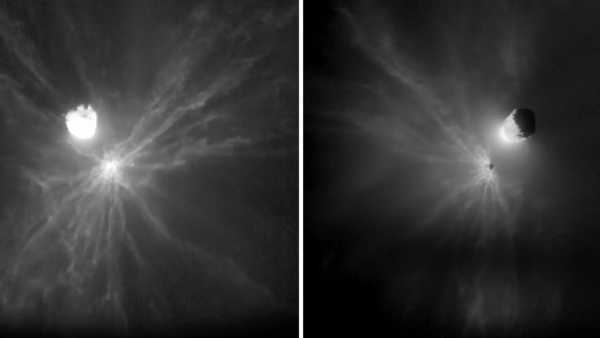
Giant space “boulders” released by NASA's DART mission are not behaving as expected, revealing the hidden risks of asteroid deflection.
-
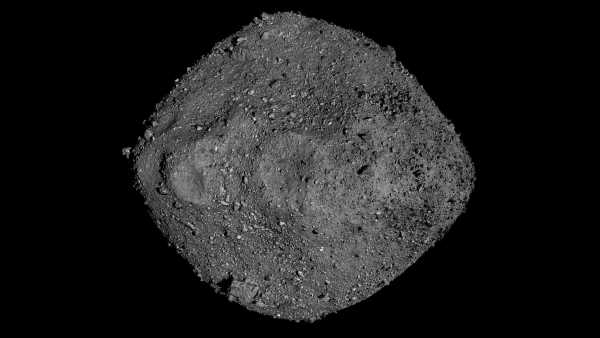
The Bennu sample contains dust that is older than the solar system itself.
-
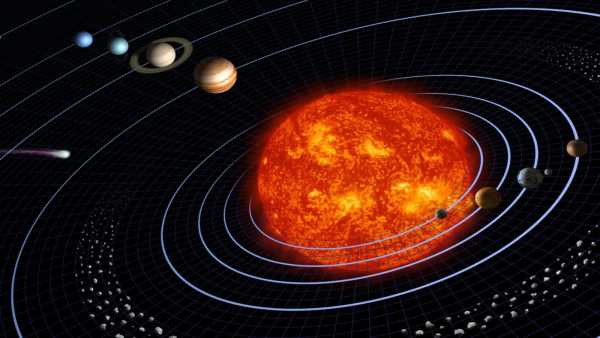
When did the planets of our solar system form? The discovery of a tiny meteorite may challenge the chronology.
This result is particularly interesting because of how this lost mass is distributed among its various fates. About 20% is lost as asteroids and meteoroids, which occasionally cross Earth's orbit and sometimes enter our atmosphere quite spectacularly as meteors. The remaining 80% is crushed by collisions, turning into meteoritic dust, which feeds the faint glow of zodiacal dust visible in the night sky after sunset or before sunrise. Better-known asteroids, such as Ceres, Vesta, and Pallas, were excluded from the study because they had existed long enough to no longer contribute to the mass-depletion process.
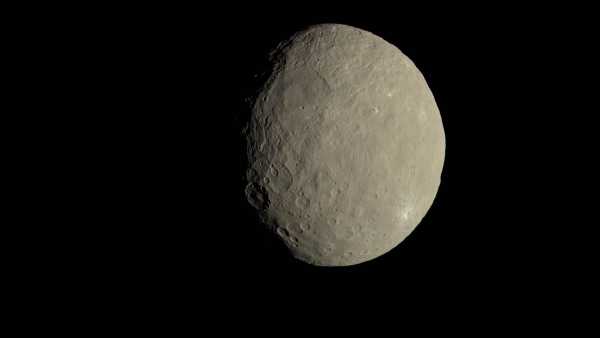
Approximate true-color image of Ceres.
Understanding the process of mass loss in the asteroid belt is important and directly impacts Earth's evolution. Large bodies leaving the belt don't simply disappear into space; some eventually enter the inner solar system, where they become potential collision targets. The study shows that if we extrapolate the current rate of mass loss backward, then about 3.5 billion years ago the asteroid belt could have been approximately 50% more massive, and the rate of mass loss was roughly twice as high. This correlates remarkably well with geological data from the Moon and Earth, which show a decrease in the bombardment rate over the past several billion years.
RELATED STORIES
A new study warns that if we act quickly, we could nuke the “city killer” asteroid 2024 YR4 before it hits the Moon.
— What happened to the asteroid that killed the dinosaurs?
— “A real surprise”: the near-Earth asteroid Ryugu once had “water” flowing that transformed its interior.
The asteroid belt is often considered a permanent feature of our solar system, but this study reveals that it is a dynamic structure, gradually losing material over billions of years. Layers of glassy spherules found in Earth's rocks testify to a more turbulent past, when a more massive asteroid belt showered us with far more rock debris. Today, this bombardment has slowed to a steady trickle, as the belt continues to shrink. Understanding this process not only helps us piece together the history of the impacts that shaped Earth's surface but also provides crucial data for modeling future risks from near-Earth objects.
The original version of this article was published in Universe Today magazine.
TOPICS Solar System

Mark Thompson, science broadcaster and author
Mark Thompson is known for his tireless efforts to make science accessible to the general public through television, radio, podcasts, and book appearances. He has appeared on the award-nominated BBC television show Stargazing LIVE, and his theatre show Spectacular Science has received five stars from British theatre critics. In 2018, Mark received an honorary doctorate from the University of East Anglia.
You must verify your public display name before commenting.
Please log out and log back in. You will then be asked to enter a display name.
Exit Read more
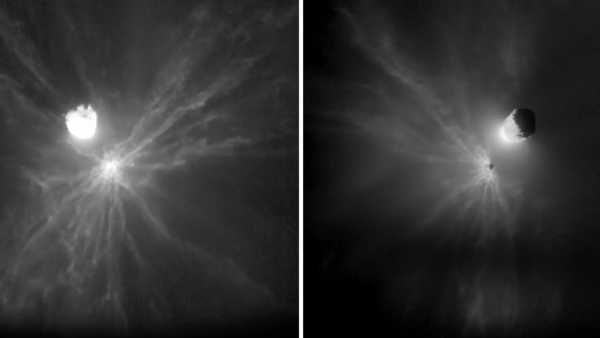
Giant space “boulders” released by NASA's DART mission are not behaving as expected, revealing the hidden risks of asteroid deflection.
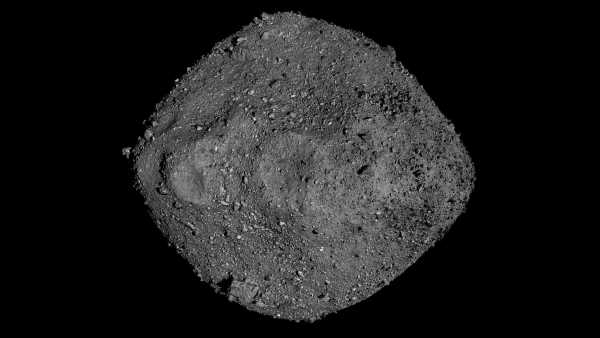
The Bennu sample contains dust that is older than the solar system itself.
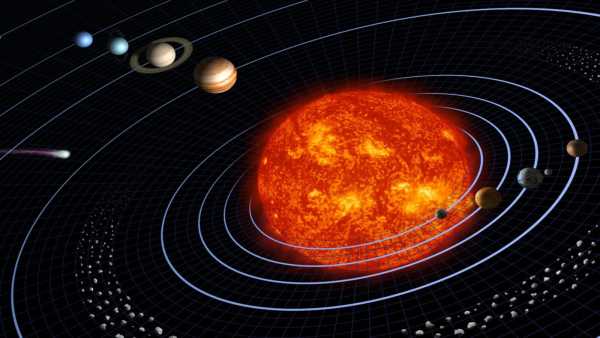
When did the planets of our solar system form? The discovery of a tiny meteorite may challenge the chronology.
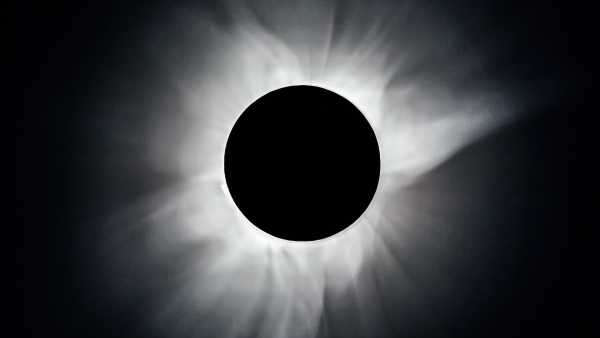
In Search of Planet 9: Why There Might Still Be Something Massive at the Edge of the Solar System
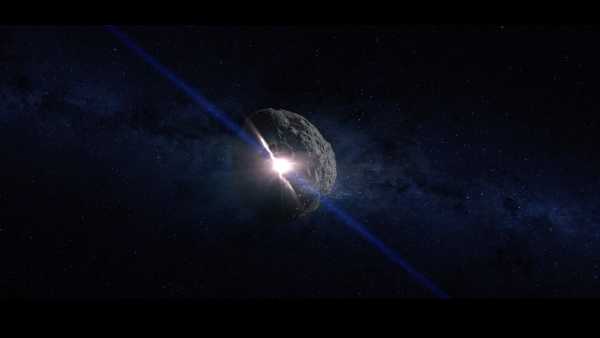
Asteroids Bennu and Ryugu may be long-lost siblings, JWST hints
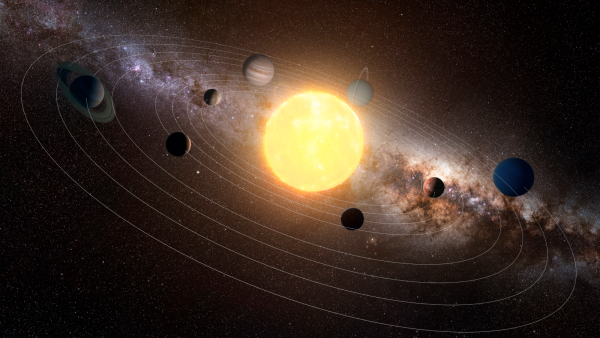
Earth, Mars, Venus and a long-lost planet may have once waltzed in perfect harmony around the Sun.
Latest news about asteroids
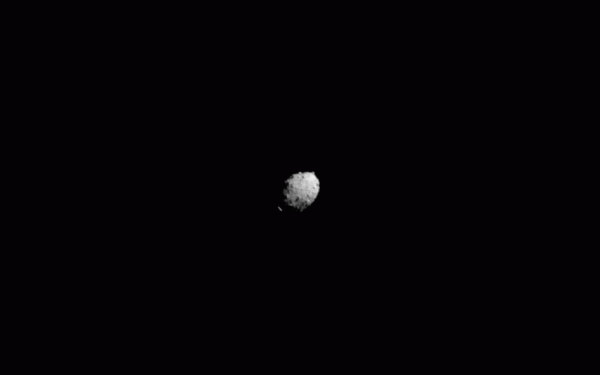
Science Story: DART, humanity's first asteroid deflection mission, hits space rock in the face – September 26, 2022
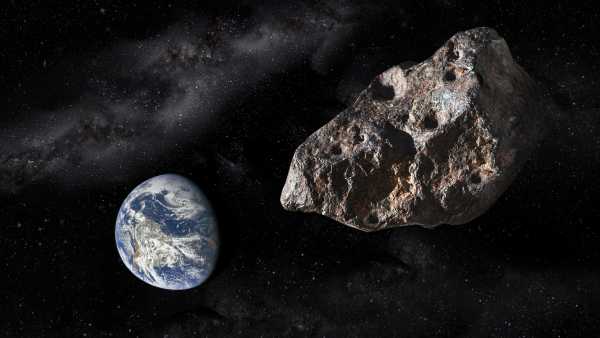
City-killer asteroid could be destroyed by nuclear explosion before it approaches the Moon
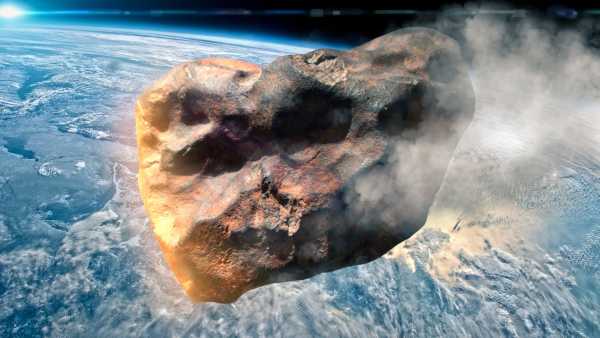
What happened to the asteroid that killed the dinosaurs?
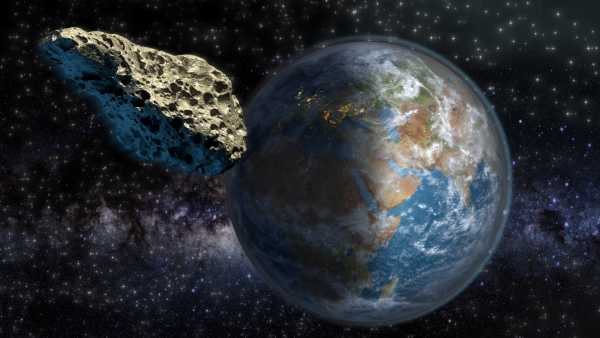
A skyscraper-sized asteroid previously predicted to hit us in 60 years will fly past Earth on Thursday (September 18) – and you can see it live.
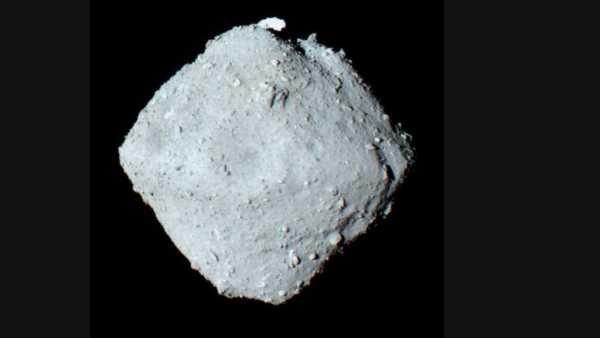
'Real surprise': Near-Earth asteroid Ryugu once had flowing 'water' that transformed its interior.
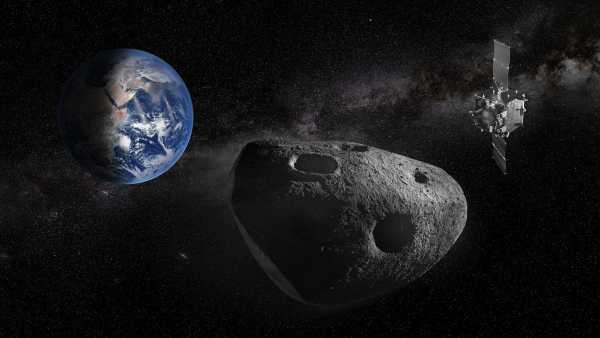
The Apophis flyby will be a “once-in-a-millennium” opportunity for skywatchers and scientists.
Latest news
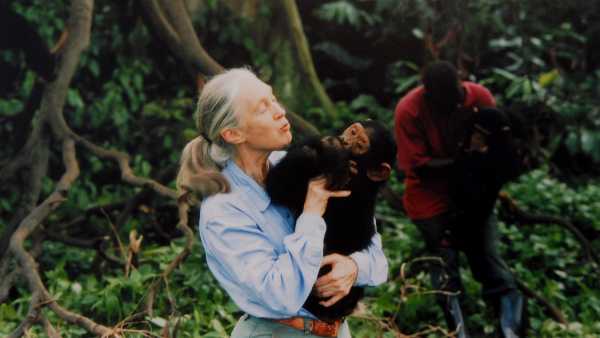
Jane Goodall, the renowned primatologist who discovered chimpanzee tool use, has died at age 91.
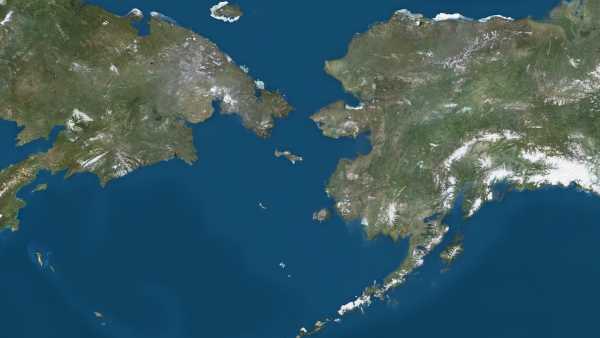
New research has shown that the Bering Land Bridge formed much later than we thought.

Scientists created human eggs from skin cells and then used them to create embryos.
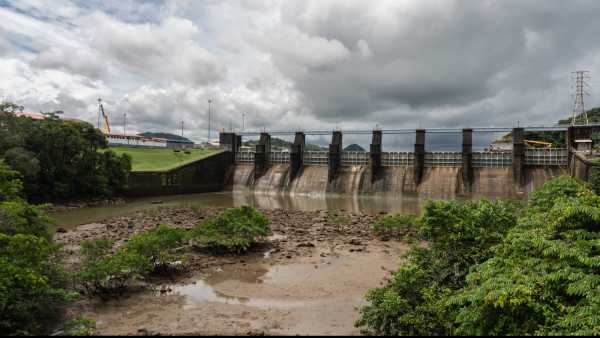
The Panama Canal requires a colossal amount of water to operate. A study warns that climate change could threaten this.
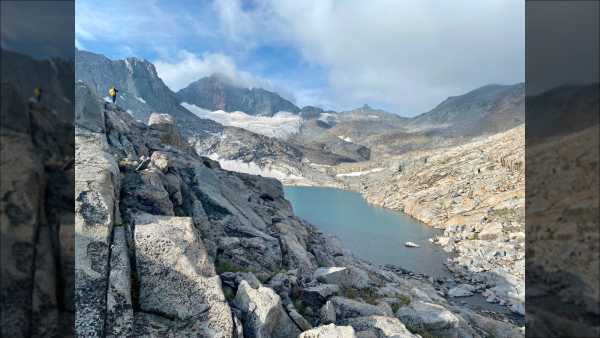
Yosemite's glaciers have survived for 20,000 years, but we may be the first people to see the Sierra Nevada ice-free.

Years of repeated blows to the head increase the risk of CTE—even if they aren't concussions.
LATEST ARTICLES
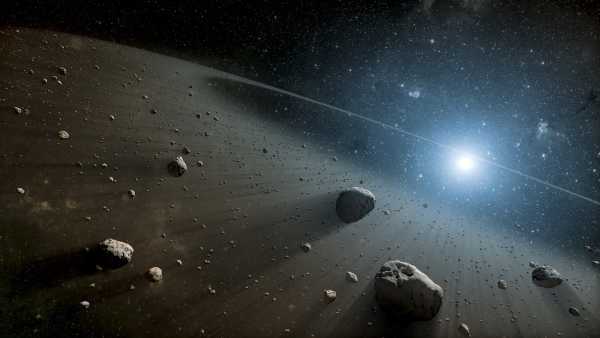
1The asteroid belt of our solar system is slowly disappearing.
Live Science magazine is part of Future US Inc., an international media group and leading digital publisher. Visit our corporate website.
- About Us
- Contact Future experts
- Terms and Conditions
- Privacy Policy
- Cookie Policy
- Accessibility Statement
- Advertise with us
- Web notifications
- Career
- Editorial standards
- How to present history to us
© Future US, Inc. Full 7th Floor, 130 West 42nd Street, New York, NY 10036.
var dfp_config = { “site_platform”: “vanilla”, “keywords”: “type-news-daily,type-crosspost,exclude-from-syndication,serversidehawk,videoarticle,van-enable-adviser-
Sourse: www.livescience.com


